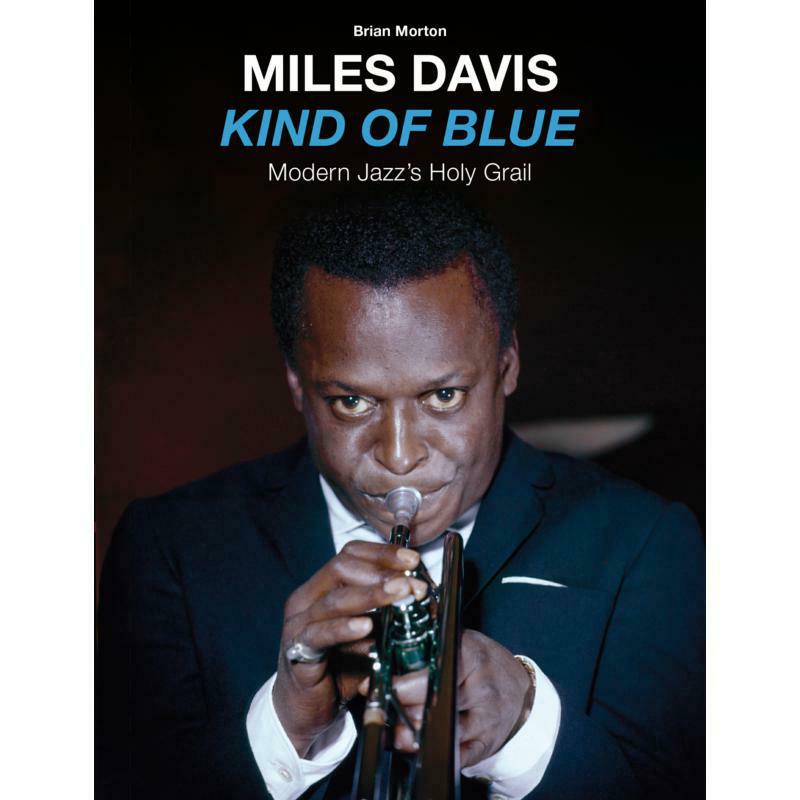Influential Jazz
"So What" by Miles Davis stands as a monumental piece in the jazz genre, first appearing on his 1959 album "Kind of Blue." This track exemplifies the modal jazz style, which was revolutionary at the time. The song's minimalist approach features a simple yet compelling structure, allowing musicians to explore improvisation within modal scales. With its iconic opening bass line and relaxed tempo, the track remains a quintessential example of Davis's innovative approach to jazz.
Cultural Impact
The cultural impact of this piece is profound. Released during a period of significant social change in the United States, "So What" embodies the spirit of artistic exploration and freedom. Its influence extends beyond jazz, impacting musicians across various genres who admire its sophisticated simplicity and emotional depth.
Interesting Fact
An interesting fact about "So What" is that it was recorded in just two sessions at Columbia's 30th Street Studio in New York City. The musicians involved, including John Coltrane and Bill Evans, had minimal rehearsal, yet their performance on the track is seamless and spontaneous, showcasing their exceptional talent and chemistry.
Cover Versions
Over the decades, "So What" has inspired numerous cover versions by artists seeking to pay homage to its timeless appeal. These renditions highlight the track's adaptability and influence across different musical styles, from rock to electronic, while maintaining its core jazz essence.
Modern Legacy
Today, "So What" remains relevant as a symbol of innovation and creativity in music. Its enduring appeal lies in its ability to inspire artists and listeners alike, serving as a touchstone for those exploring the boundaries of musical expression. Miles Davis's masterpiece continues to captivate new generations, ensuring its place in the pantheon of great 1950s songs.






Comments (0)